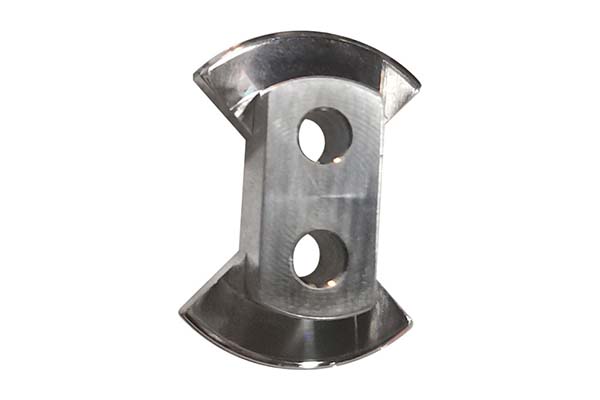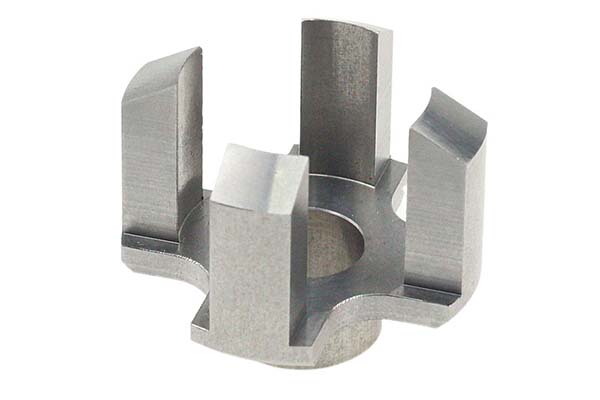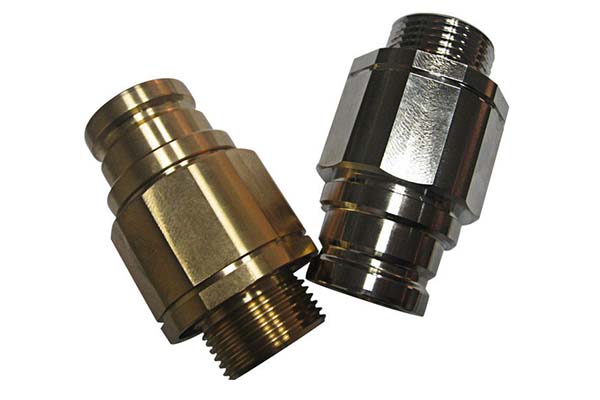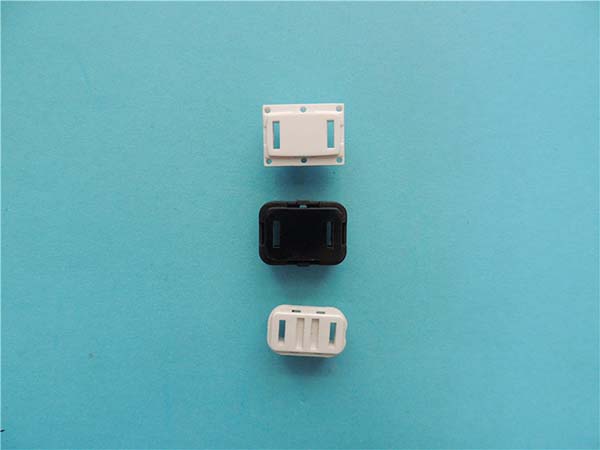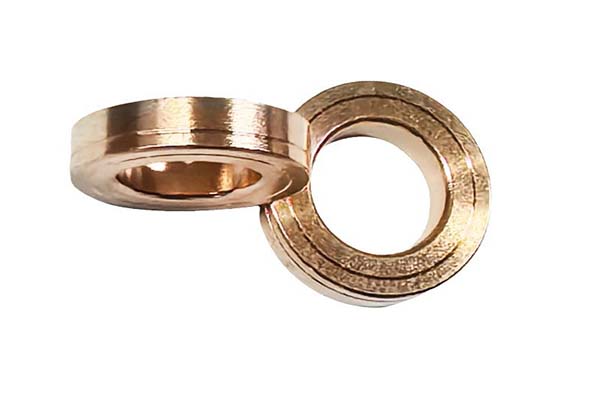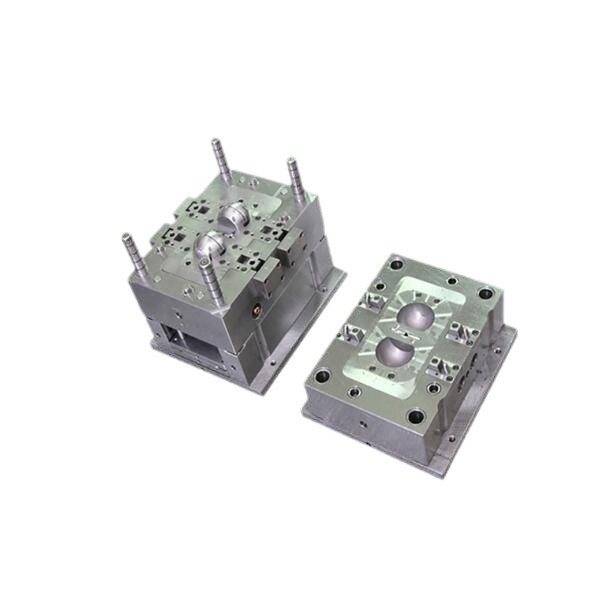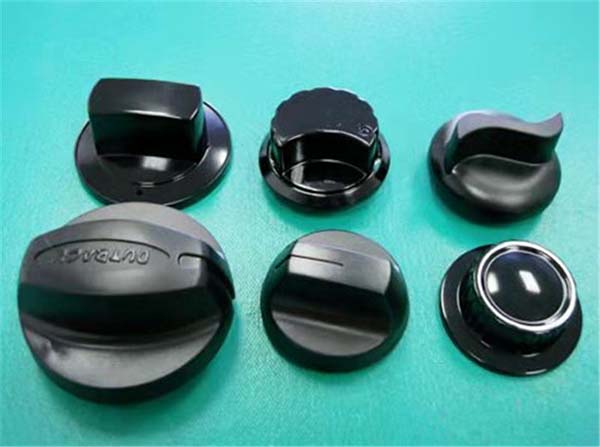If you’ve ever wondered how precision parts for cars, medical devices, or even smartphones are made, machining technologies are the answer. From simple manual lathes to advanced robotic systems, these technologies shape raw materials like metal, plastic, and wood into functional components we rely on every day. Whether you’re a student exploring manufacturing careers, a small business owner looking to upgrade equipment, or an engineer seeking to optimize processes, this guide will break down everything you need to know about modern machining—no jargon overload, just practical insights.
1. What Are Machining Technologies, and Why Do They Matter?
At its core, machining is a manufacturing process that uses tools to remove material from a workpiece, creating a desired shape, size, or finish. Machining technologies encompass the tools, techniques, and systems that make this possible—from traditional manual methods to cutting-edge automated solutions.
Why does this matter? Consider these facts:
- The global machining market is projected to reach $158.9 billion by 2030 (Grand View Research), driven by demand from automotive, aerospace, and medical industries.
- Precision machining can achieve tolerances as tight as 0.0001 inches (2.54 microns)—critical for parts like jet engine components or surgical instruments.
A Real-World Example: Medical Implant Manufacturing
One of the most impactful uses of machining technologies is in creating orthopedic implants (e.g., hip replacements). A few years ago, a medical device company I worked with struggled to produce implants with consistent surface finishes—until they adopted 5-axis machining. This technology allowed them to access hard-to-reach areas of the workpiece, reducing surface roughness by 40% and cutting production time by 25%. The result? Implants that lasted longer and reduced patient recovery times.
2. Common Types of Machining Technologies (With Pros, Cons, and Uses)
Not all machining technologies are the same. Each method is designed for specific tasks, materials, and precision needs. Below is a breakdown of the most widely used types, organized by how they remove material.
| Machining Type | How It Works | Best For | Pros | Cons |
| CNC Milling | Uses rotating cutting tools to remove material from a fixed workpiece; controlled by computer programs. | Complex 3D shapes (e.g., engine blocks, smartphone cases). | High precision, repeatable results, can handle multiple materials. | Higher initial cost, requires programming skills. |
| CNC Turning | Rotates the workpiece while a stationary tool cuts into it; ideal for cylindrical parts. | Bolts, shafts, pipes, and other round components. | Fast for cylindrical parts, low waste, easy to automate. | Limited to symmetrical shapes. |
| Grinding | Uses an abrasive wheel to smooth or shape surfaces; achieves ultra-fine finishes. | Tool sharpening, bearing races, optical components. | Extremely high precision (tolerances < 0.0005 inches), excellent surface finish. | Slow process, not ideal for large material removal. |
| EDM (Electrical Discharge Machining) | Uses electrical sparks to erode material; no physical contact with the workpiece. | Hard metals (e.g., titanium, steel) or intricate shapes (e.g., mold cavities). | Can cut hard materials, no tool wear, high precision for small parts. | Slow, high energy consumption, limited to conductive materials. |
| Laser Machining | Uses a high-powered laser to cut, engrave, or mark materials; precise and non-contact. | Thin metals, plastics, or delicate parts (e.g., circuit boards). | Fast, no tool wear, can cut complex patterns. | High cost for high-power lasers, limited to thin materials. |
3. Key Factors to Choose the Right Machining Technology
Selecting the right machining technology isn’t just about cost—it’s about matching the method to your project’s needs. Here are the four most important factors to consider:
3.1 Material Type
Different materials behave differently under machining. For example:
- Aluminum is soft and easy to mill or turn, making CNC milling a good choice.
- Titanium is hard and heat-resistant—EDM or high-speed CNC milling works better.
- Plastics can melt if cut too fast, so laser machining or low-speed turning is ideal.
3.2 Precision Requirements
If you need a part with a tolerance of 0.001 inches (e.g., a watch component), grinding or EDM is better than manual turning (which typically has tolerances of 0.005 inches or more). For less precise parts (e.g., a simple bracket), basic CNC milling may be sufficient.
3.3 Production Volume
- Low volume (1–10 parts): Manual machining or low-cost CNC machines are cost-effective.
- High volume (1000+ parts): Automated CNC systems or robotic machining cells will save time and money.
3.4 Cost
Initial costs vary widely:
- A basic manual lathe can cost \(2,000–\)10,000.
- A 5-axis CNC mill can cost \(50,000–\)500,000.
- EDM machines often start at $30,000.
But don’t forget long-term costs: automated technologies may have higher upfront costs but lower labor expenses over time.
4. Latest Trends Shaping Machining Technologies in 2025
The machining industry is constantly evolving—here are the trends that are changing how we make parts today:
4.1 Automation and Robotics
More shops are adding robotic arms to load/unload workpieces into CNC machines. This reduces human error and allows 24/7 operation. For example, a automotive parts manufacturer I consulted with added 6 robotic cells to their CNC turning lines, increasing output by 35% without hiring more workers.
4.2 AI and Machine Learning
AI is being used to optimize machining processes:
- Predictive maintenance: AI sensors monitor tool wear and alert operators before a tool breaks (reducing downtime by up to 40%, according to McKinsey).
- Adaptive cutting: AI adjusts cutting speeds and feeds in real time to avoid material damage or tool overheating.
4.3 Sustainability
With growing focus on eco-friendliness, machining technologies are becoming greener:
- Dry machining: Eliminates cutting fluids, reducing waste and environmental impact.
- Energy-efficient machines: New CNC systems use up to 30% less energy than older models.
5. Yigu Technology’s Perspective on Machining Technologies
At Yigu Technology, we believe machining technologies are the backbone of modern manufacturing—and accessibility is key to driving innovation. Too often, small and medium-sized businesses (SMBs) are excluded from advanced technologies due to high costs. That’s why we focus on developing affordable, user-friendly CNC solutions tailored to SMBs.
We’ve seen firsthand how even basic automation can transform a shop: a local furniture maker we worked with upgraded from manual routers to our entry-level CNC milling machine, cutting production time for chair parts by 50% and improving consistency. In 2025, we’re doubling down on AI-integrated tools that simplify programming—so even users with no prior CNC experience can create precise parts. For us, the future of machining isn’t just about faster or more precise tools—it’s about making these technologies work for everyone.
FAQ: Your Questions About Machining Technologies, Answered
Q1: Do I need programming skills to use CNC machining technologies?
Not necessarily. Many modern CNC machines come with user-friendly software that uses templates or drag-and-drop interfaces. For basic tasks (e.g., cutting a simple shape), you can learn the basics in a few hours. For complex projects, however, programming skills (e.g., G-code) are helpful.
Q2: What’s the difference between 3-axis and 5-axis CNC machining?
- 3-axis CNC: The tool moves along 3 directions (X, Y, Z axes)—ideal for simple shapes like flat parts or cylinders.
- 5-axis CNC: The tool moves along 5 axes (adding rotation around X and Y axes)—can access all sides of a workpiece without repositioning. It’s better for complex parts like aerospace components but is more expensive.
Q3: Can machining technologies work with non-metallic materials?
Absolutely! Machining works with plastics, wood, composites, glass, and even ceramics. The key is choosing the right tool and speed: for example, laser machining is great for thin plastics, while CNC routing works well for wood.
Q4: How long does it take to learn to use a CNC machine?
It depends on the complexity of the machine and your goals. You can learn to operate a basic 3-axis CNC mill for simple tasks in 1–2 weeks with hands-on training. Mastering advanced 5-axis machining or EDM may take 6–12 months of regular practice.
